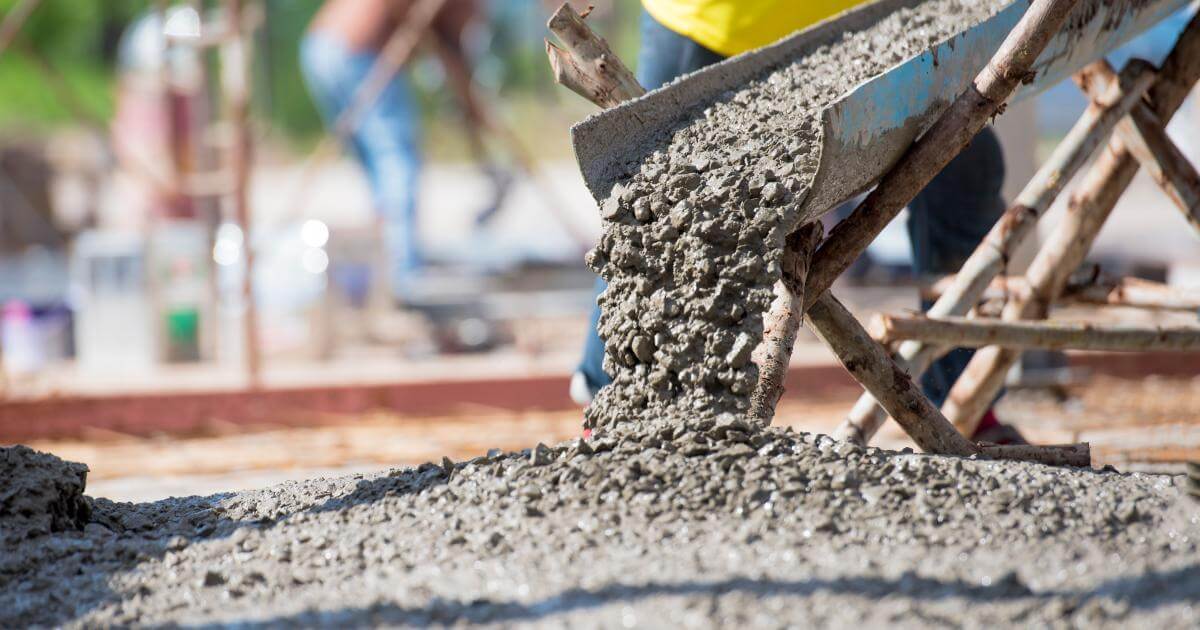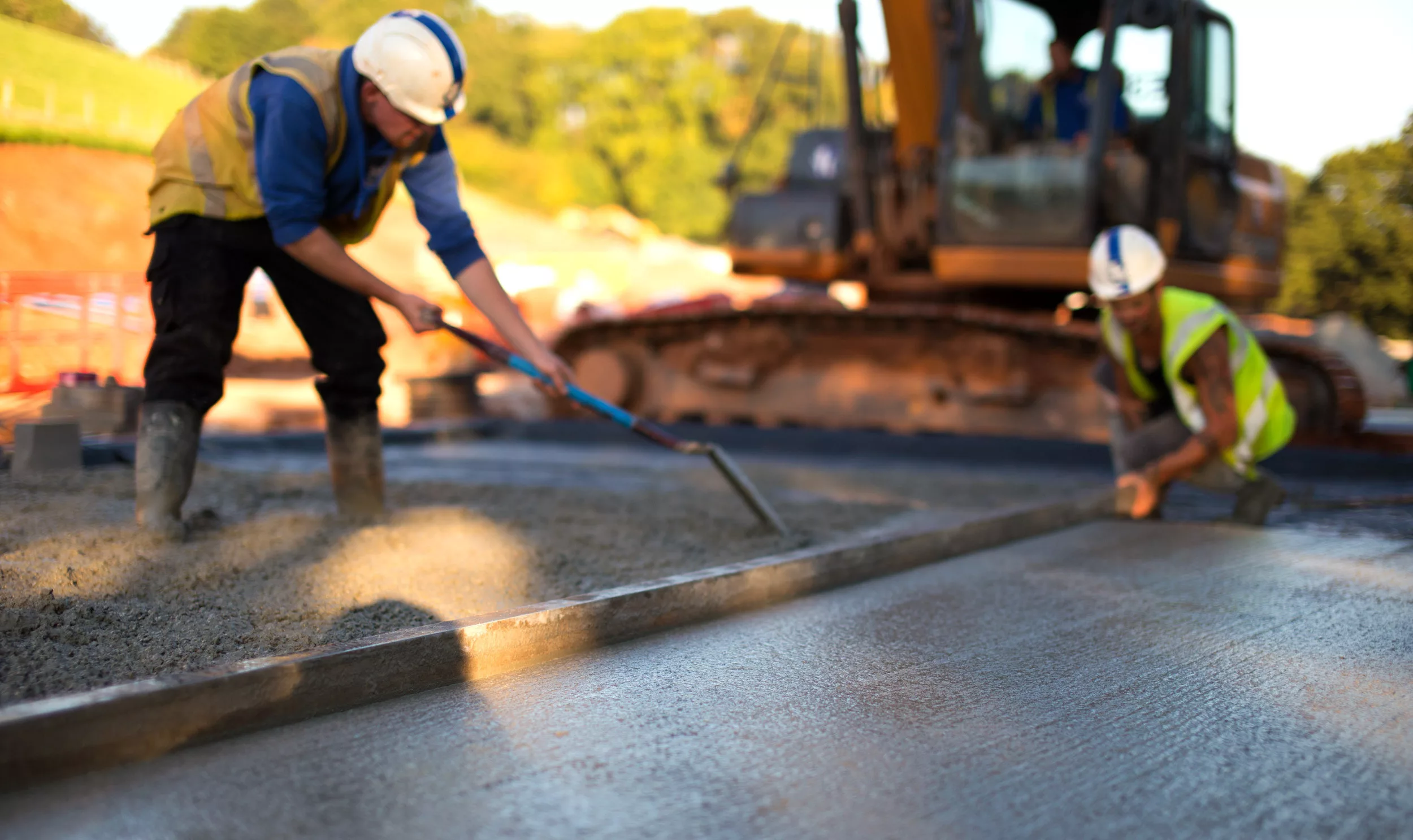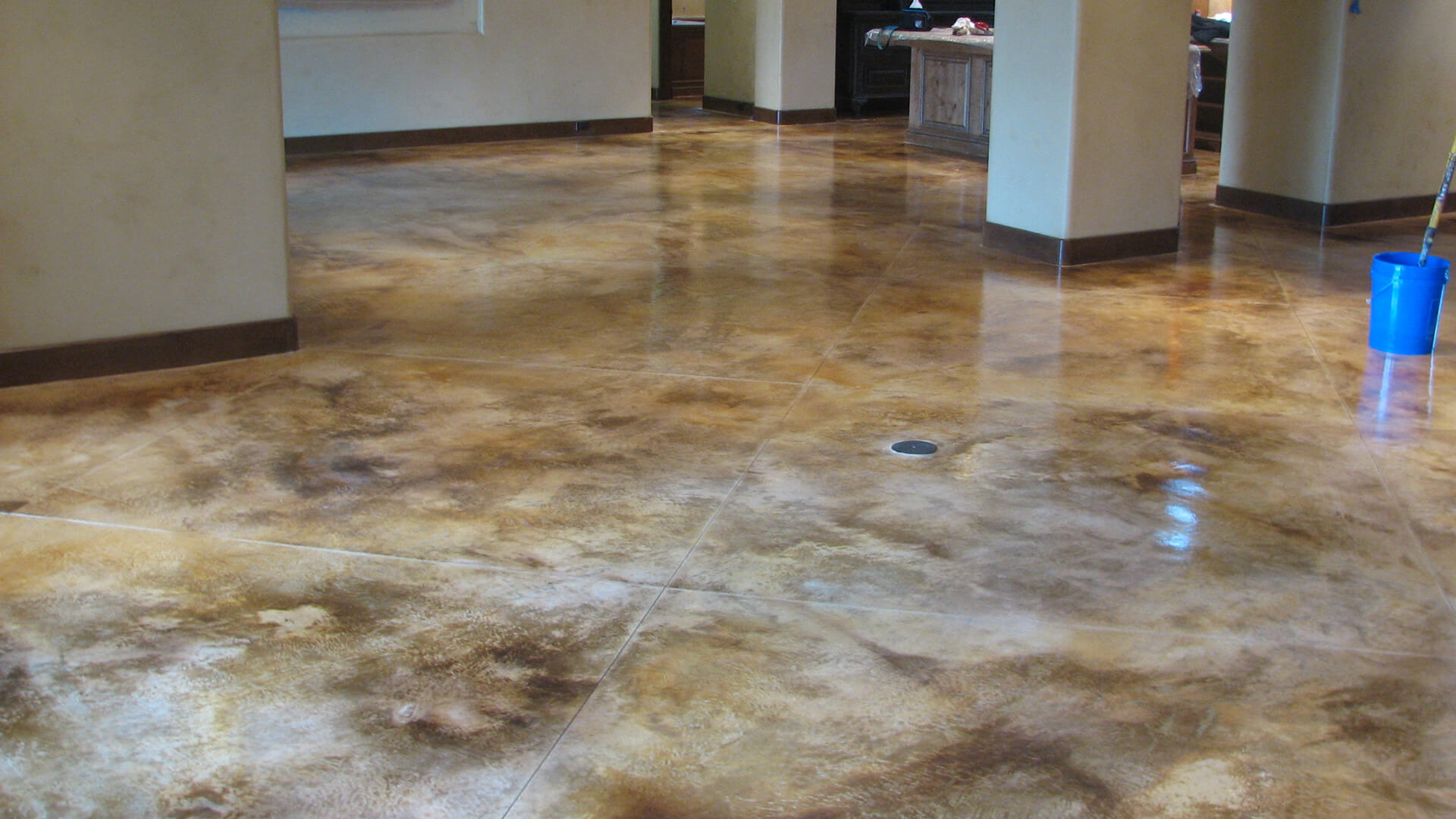
Concrete stains are recognized for their glowing color and one-of-a-kind patterning. Because of concrete’s absorbent qualities, they penetrate and react chemically with the cement, adding long-lasting color that won’t fade, chip, or peel.
Types of Concrete Stain
Reactive: Reactive stains are water-based acidic solutions having metallic salts that react with the concrete’s lime content. Once the chemical reaction takes place, the stain makes a permanent bond with the concrete and will not peel away.
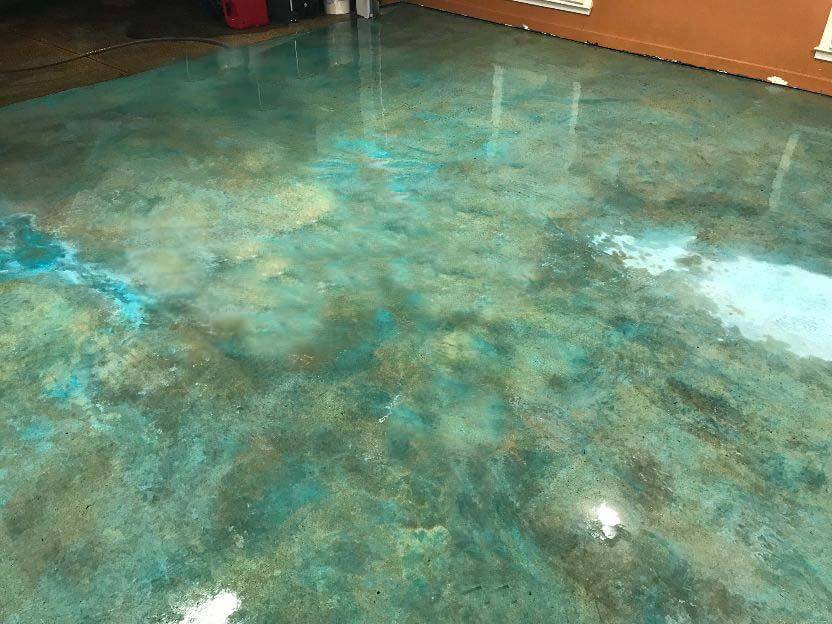
Non-Reactive: Non-reactive stains are water-based acrylic stains that don’t depend on a chemical reaction to divulge color. Instead, they are formulated to penetrate the concrete surface and deposit their pigment particles in the open pores. Nonreactive stains have developed in popularity over the past few years as they come in a much broader palette of colors than acid stains and are easier to put on.
Why Use A Concrete Stain?
Concrete stain fixes more than simply add color. Rather than produce a solid, opaque effect like paint or colored coatings, stains permeate the concrete to infuse it with rich, deep, translucent tones. It is vital to have in mind even when treated with the same staining product in the same shade, no two concrete floors, walls, or countertops will look similar due to factors such as the arrangement and age of the concrete, surface porosity, texture, and ecological conditions. Some stain producers use adjectives such as “antiqued,” “variegated,” or “mottled” to define the distinctive look. It’s this variability, rather than uniformity, that provides stained concrete its extensive appeal and permits an endless array of special effects.
The most popular concrete stain colors are:
- Brown
- Gray
- Tan
- Green
- Terra-cotta
- Blue
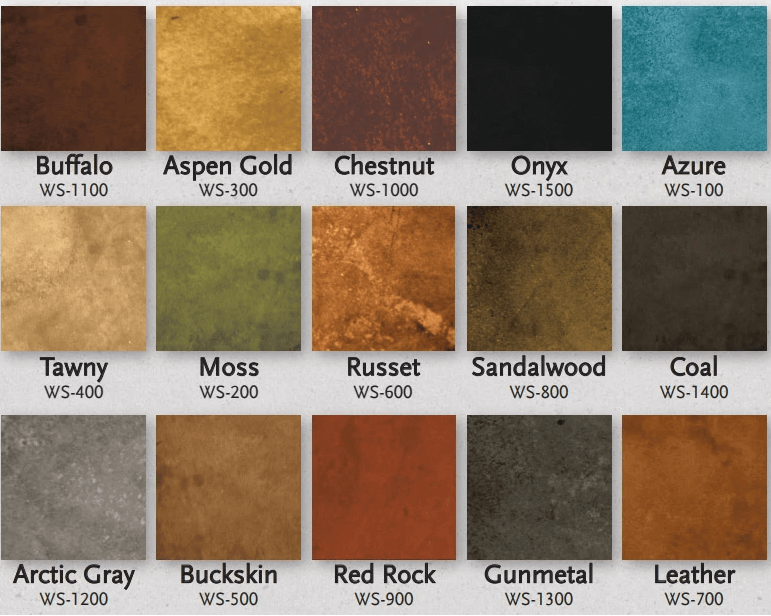
Read here about concrete countertops
Many contractors also use saw cuts to create matchless patterns on concrete floors or patios that can then be stained multiple colors. The cuts prevent the stains from draining into one another and mixing. Stencils made for use on concrete can also be cast-off for creating impressive designs with concrete stains.
Concrete Staining Tips
Significantly some tricks of the craft is always helpful when starting a concrete staining project. Make sure to read the instructions that come with the stain you are using before getting started.
When staining concrete consider the following:
- Make sure the concrete is fully cured before applying concrete stains
- Concrete can be re-stained as long as it hasn’t been sealed (or the sealer has been removed)
- Once you be acquainted with how they work, acid and water-based stains can be used on the same project
- Make samples or test in a restrained area before applying concrete stain to the entire surface
- Always seal stained concrete, whether indoors or out, acid or water-based.


